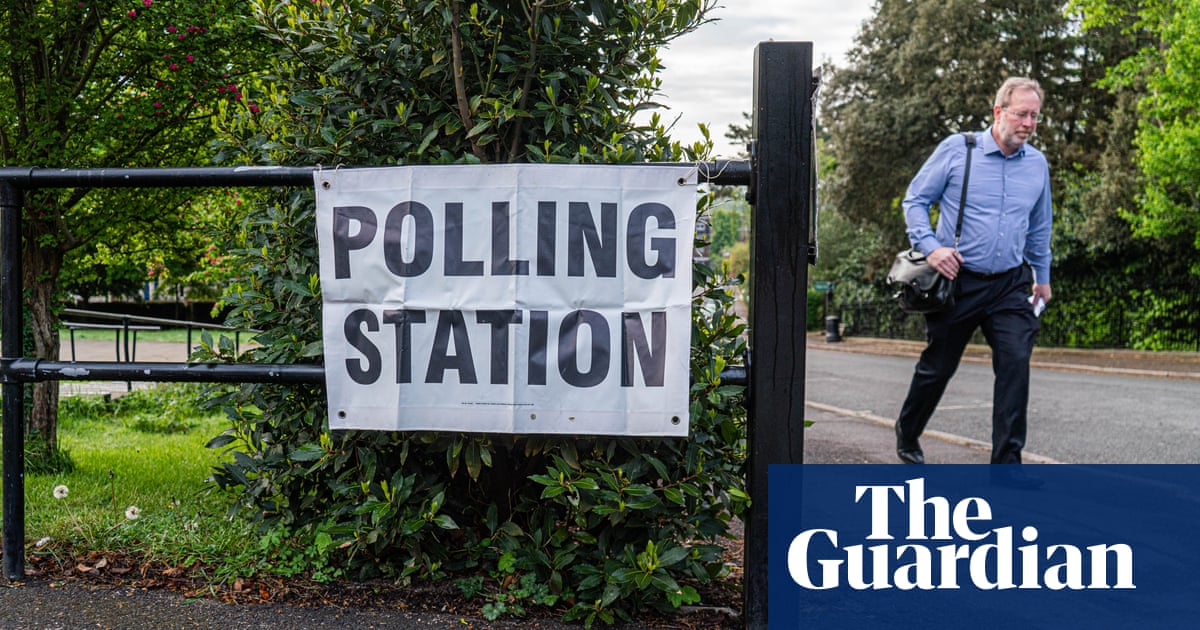It’s all about the bass – well at least the baseline. With all political parties likely to win in some places it can be hard to judge what a good night looks like for any party when it comes to local elections.
One way to judge this is to compare with how parties did the last time these contests took place: the baseline. For the seats up for election next week that was 2021 – though many of the places that voted then will not be doing so in 2025. Those elections included places where elections were held over from 2020 because of Covid restrictions; these seats returned to their normal schedule last year.
To muddy the waters still further, some councils that were due to have elections this year have had them postponed due to the reorganisation of local government. So, while elections were due in East and West Sussex, Essex, Thurrock, Hampshire, Norfolk, Suffolk, Surrey and the Isle of Wight, voters in these areas will not be going to the polls next week.
There are 1,641 council seats, in 37 councils, up for election. Of these, 1,182 are held by theConservatives. The last time these seats held elections the Conservatives had a significant lead in the national opinion polls, there was a “Boris” blimp flying above Hartlepool and the country was feeling optimistic thanks to the vaccine rollout. It was without doubt a good night for the Conservatives.
Going into this set of local elections the picture is distinctly less bright. The Conservatives have not recovered in the national polling since the general election. Everyone expects the Tories to lose seats and councils in large numbers. Kemi Badenoch has already said she expects it to be a very difficult set of elections. They will face the challenge from Reform that much attention is focused on but also a continued challenge from theLiberal Democratsin their heartland seats in the south.
The Lib Dems are hoping to make gains and continue their success against the Conservatives in “middle England”, showing that they can continue to gain ground here even with the Tories no longer in government.
ForReform UKthis is (almost) entirely new ground, the party had few candidates in 2021 but is standing candidates in almost every contest this time around. It is likely to end up with control of at least one council and hundreds of councillors – perhaps enough to be in first place in terms of councillors elected on the night. It may also top the projected national share of the vote (an estimate of the share of the vote for each party had elections happened everywhere). Doing so would be a key victory for the party in establishing itself as a potent political force.
As a first electoral test for theLabourgovernment this set of local elections isn’t an especially stern one, the party won just 336 seats in 2021 and controls only a single council in the set (Doncaster), even on a catastrophic night its absolute losses would be less than those for the Conservatives. The predicted national share for Labour was modest in 2021 (29%).
But just as in 2021, where focus was on whether Labour was making progress against the Conservatives in key seats, so in 2025 much focus will be on the extent to which they are holding off the challenge from Reform.
As in 2021 Labour must also contend with a key parliamentary byelection alongside the local contests. Voters in Runcorn and Helsby will elect a new MP, with polling predicting a potentially close contest between Labour and Reform, the eventual winner being more important for the political narrative through the summer than for its impact on parliamentary arithmetic.
The 2024 general election revealed the fragmentation in electoral politics and a willingness for voters to try something beyond the old two-party stalwarts. With continued fragmentation on the left and on the right, it is likely that the 2025 local election results will reflect changes in electoral preferences that have occurred since 2021, as much as those that have taken place since the general election. For putting the story of the local elections into a wider context, it’s all about the base.
